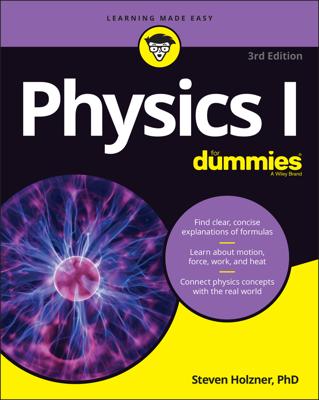Two mysteries of our universe are the dark matter and dark energy. Dark matter is unseen matter that holds stars together in galaxies. String theory holds several possibilities for the existence of dark matter.
String theory provides a natural candidate for dark matter in supersymmetric particles, which are needed to make the theory work but which scientists have never observed. Alternatively, it’s possible that dark matter somehow results from the gravitational influence of nearby branes.
Probably the simplest explanation of dark matter would be a vast sea of supersymmetric particles residing inside galaxies, but we can’t see them (presumably because of some unknown properties of these new particles).
Supersymmetry implies that every particle science knows about has a superpartner. Fermions have bosonic superpartners and bosons have fermionic superpartners. In fact, one popular candidate for the missing dark matter is the photino, the superpartner of the photon.
A computer simulation, reported in the journal Nature in November 2008, offers one possible means of testing this idea. The simulation, performed by the international Virgo Consortium research group, suggests that dark matter in the halo of the Milky Way galaxy should produce detectable levels of gamma rays. This simulation indicates a direction to start looking for such tell-tale signs, at least.
Another possible dark matter candidate comes from the various brane world scenarios. Though the details still have to be worked out, it’s possible that there are branes that overlap with our own 3-brane.
Perhaps where we have galaxies, there are gravitational objects that extend into other branes. Because gravity is the one force that can interact across the branes, it’s possible that these hyper-dimensional objects create added gravity within our own 3-brane.
Finally, the 4-dimensional string theories present yet another possibility, because they require not only supersymmetry but a vast number of families of particles beyond the electron, muon, and tau families in our current Standard Model. Bringing string theory down to four dimensions seems to greatly expand the number of particles that physicists would expect to find in the universe, and (if they exist) these could account for dark matter.

